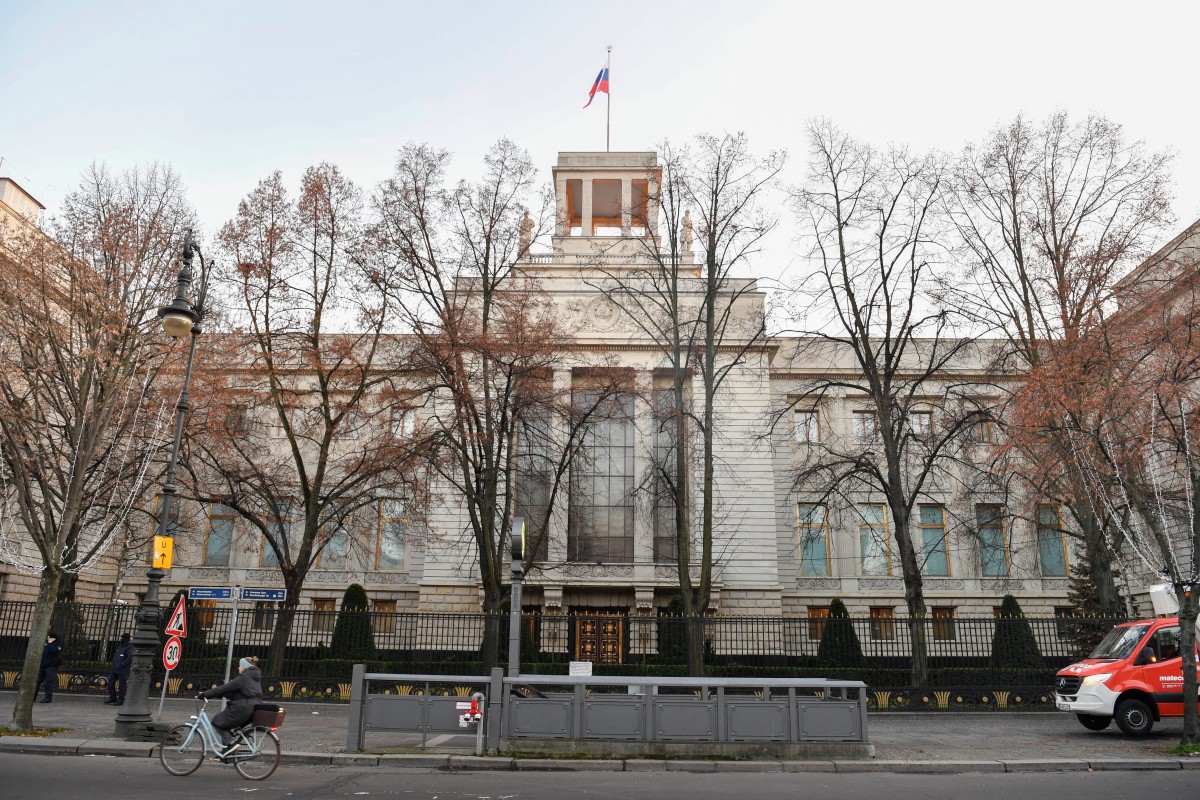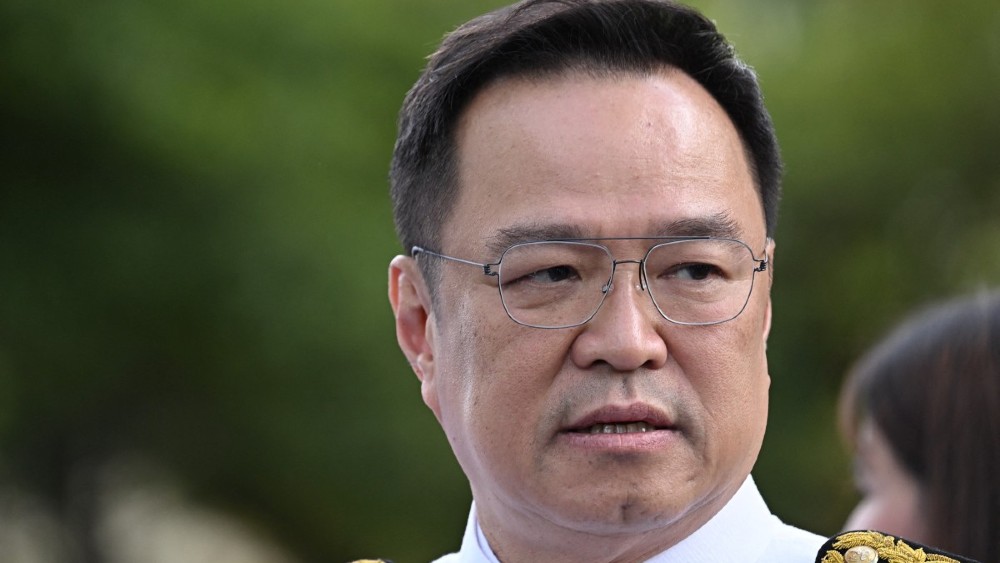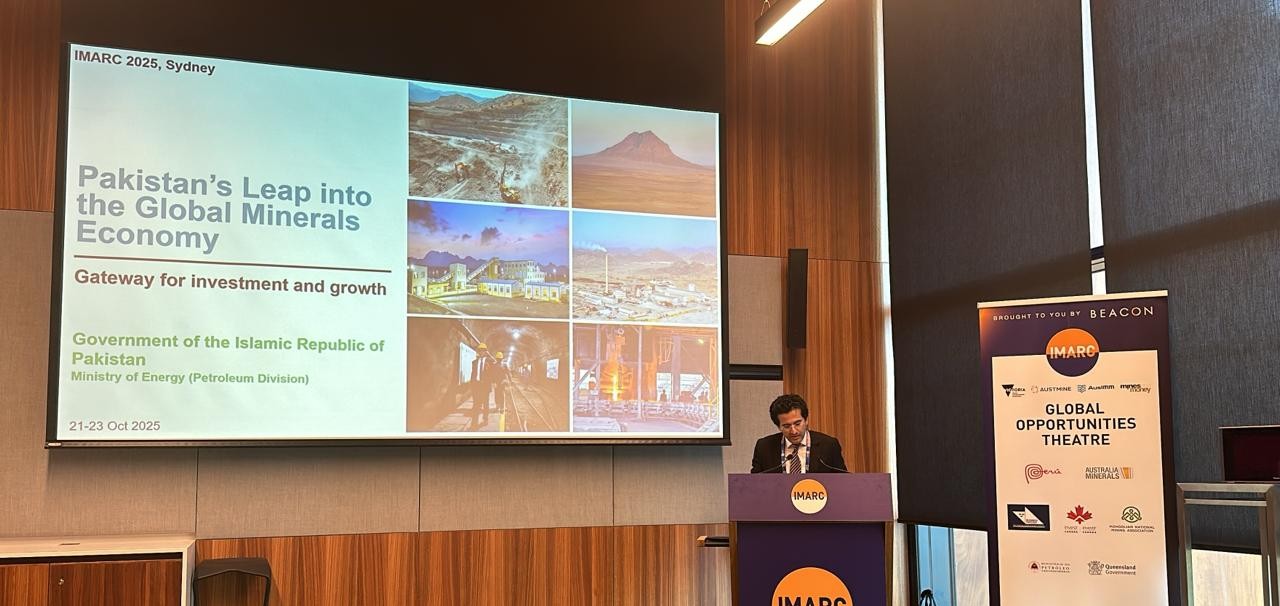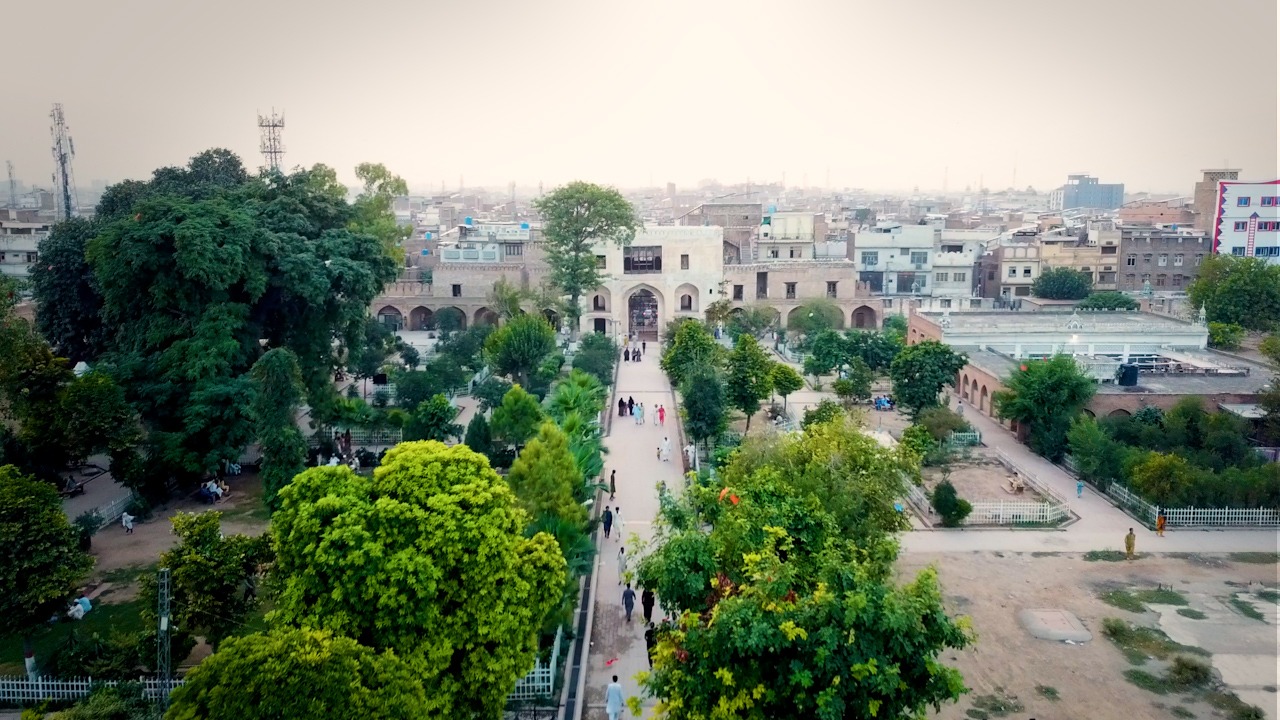LAHORE: Pakistan’s external account recorded its first current account surplus of the fiscal year 2025-26, reaching $110 million in September, according to official data released by the State Bank of Pakistan (SBP) this week.
The surplus marks a significant turnaround after consecutive deficits in July and August and contrasts with a $52 million deficit recorded in the same month last year.
According to SBP, the improvement reflects a combination of a narrower trade gap, a resilient services sector, and robust remittance inflows that helped offset rising import pressures.
In the first quarter of FY26, the cumulative current account deficit narrowed to $594 million, compared to $502 million in the same quarter last year.
Imports during the quarter stood at $15.4 billion, up from $14.2 billion a year earlier, while service exports increased slightly to $2.2 billion, against service imports of $3.2 billion.
A key stabilizing factor was remittances, which remained strong at $3.18 billion in September, marking an 11% year-on-year increase and holding steady compared to August. These inflows provided critical support to the external balance, cushioning the impact of higher imports.
“The improvement reflects better external account management, not just temporary controls,” said Waqas Ghani, head of research at JS Global, during an interview with Pakistan TV Digital.
“While exports rose moderately, the real shift came from stable imports and a favorable services balance,” he added.
“Services exports increased 18% month-on-month, while services imports fell 13%,” the researcher said. “This allowed the external balance to swing into surplus.”
SBP projects that while imports may rise in the coming months due to higher economic activity and potential agricultural shortages, sustained remittance inflows and lower US tariffs on Pakistani goods could help maintain external stability.
The central bank expects the FY26 current account deficit to remain between 0% and 1% of GDP, compared to a $2.1 billion surplus in FY25.
Foreign exchange reserves also improved slightly, rising by $38.7 million to $19.65 billion by the end of August, with central bank reserves reaching $14.3 billion, according to SBP data.
Exports, IT sector drive positive momentum
Pakistan’s exports showed a modest but steady rise, supporting the improved current account position. Goods exports totaled $7.9 billion in the first quarter of FY26, up from $7.4 billion in the same period last year.
The information technology sector recorded a major milestone, surpassing $1 billion in quarterly exports for the first time in Pakistan’s history. According to SBP, IT exports reached $1.057 billion in the first quarter, reflecting a 20% year-on-year increase, with $366 million recorded in September alone.
Officials attributed the performance to the government’s policy initiatives under the Special Investment Facilitation Council (SIFC) and growing contributions from freelancers and tech firms, which bring in foreign exchange via international platforms.
“Pakistan can reach a $30 billion IT export milestone in the near future if the right policy framework is implemented,” said Salim Ghauri, CEO of Netsol Technologies, speaking to Pakistan TV Digital.
“Training young professionals in artificial intelligence is crucial to expand our export base. We’ve already launched AI training programs to help build that talent pipeline,” he added.
Analysts say the September surplus provides a “breathing space” for policymakers, even as structural challenges persist. The combination of resilient remittances, a moderate export uptick, and a stronger services account suggests that Pakistan’s external sector retains capacity for stabilization when supported by disciplined inflows and targeted reforms.
While vulnerabilities remain, particularly from rising imports and external debt obligations, officials view the latest data as a positive signal for macroeconomic consolidation in FY26.
“This is not yet a trend, but it’s a good sign,” said one senior economic analyst in Lahore. “It shows that Pakistan’s external sector can rebalance when policy and performance align.”
.jpg)


.jpg)






